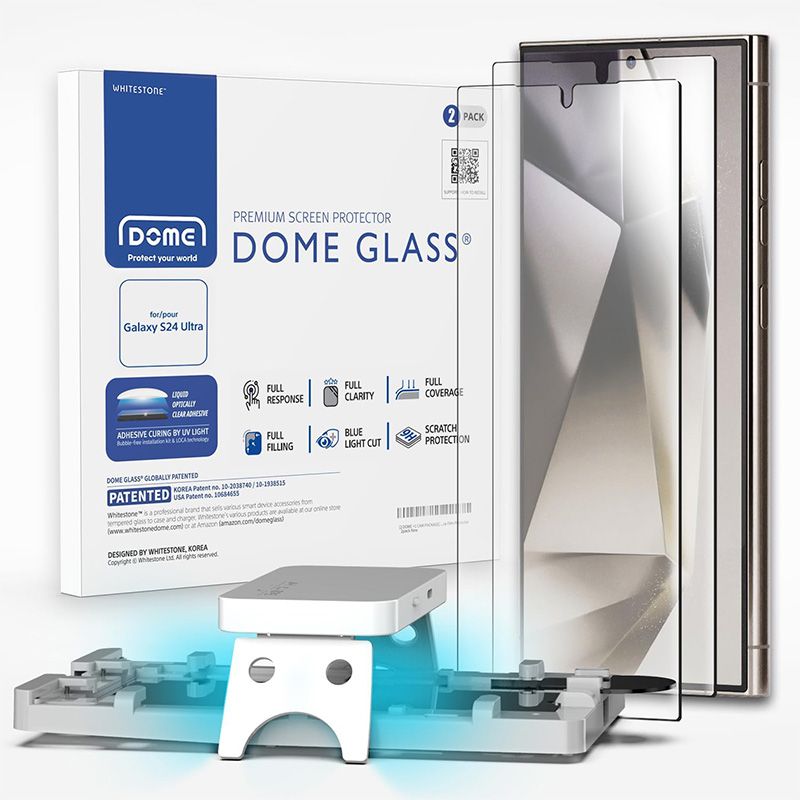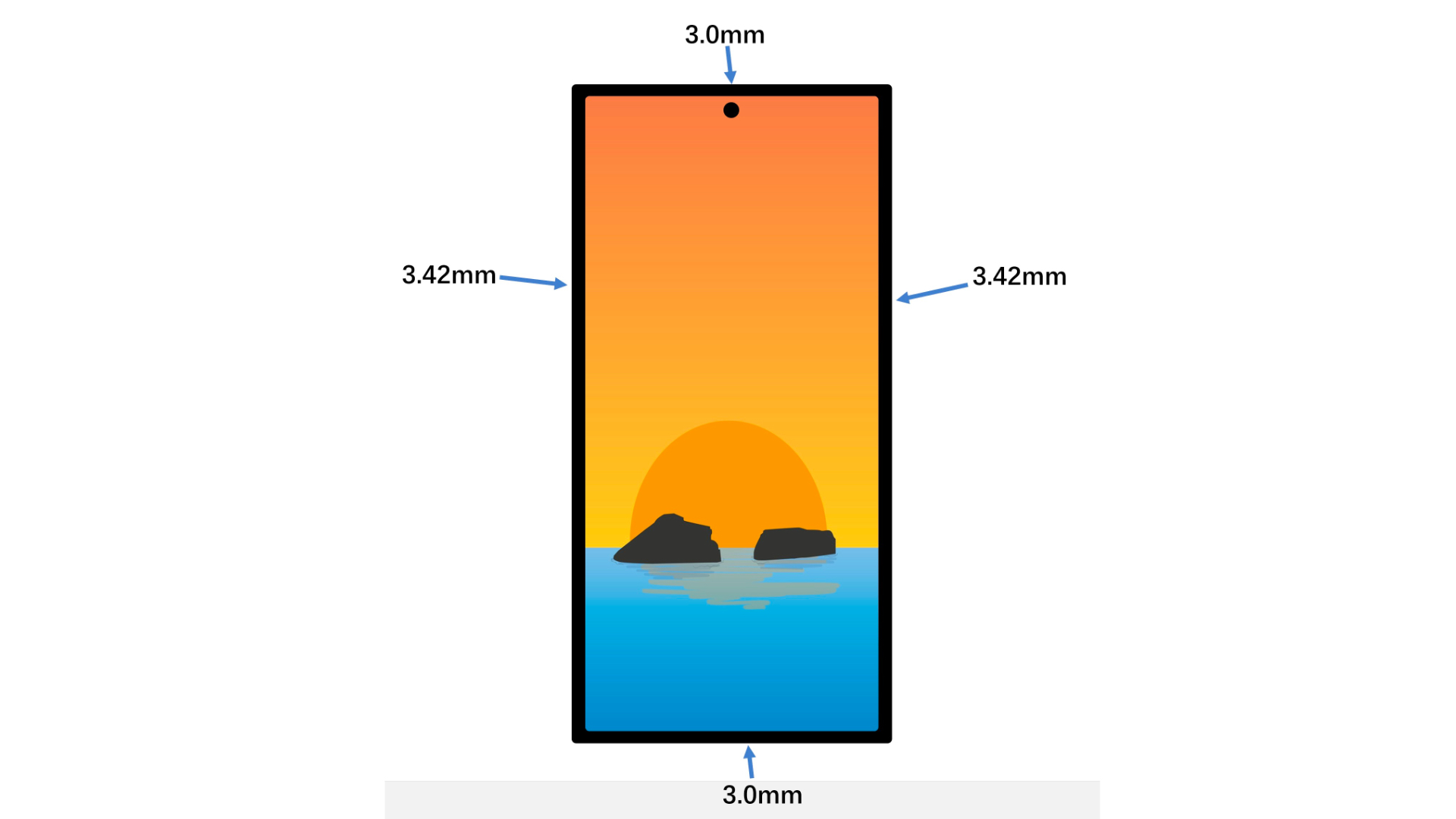Ultra screen technology has revolutionized the way we interact with digital devices, offering unparalleled visual experiences and enhanced functionality. Whether you're a tech enthusiast or simply someone looking to upgrade your device, understanding ultra screen is essential. In this comprehensive guide, we'll delve into the world of ultra screens, exploring their features, benefits, and applications.
From smartphones to televisions, ultra screen technology has become a staple in modern electronics. Its ability to deliver vibrant colors, sharp resolution, and energy efficiency makes it a popular choice for manufacturers and consumers alike. As we navigate through this article, you'll gain insights into why ultra screens are becoming the go-to option for various devices.
This guide is designed to provide you with an in-depth understanding of ultra screens, covering everything from their technical specifications to real-world applications. Whether you're researching for a purchase or simply expanding your knowledge, this article will serve as a valuable resource.
Read also:Chris Schwartz Megan Henderson A Deep Dive Into Their Story Achievements And Legacy
Table of Contents
- What is Ultra Screen?
- History of Ultra Screen Technology
- Types of Ultra Screens
- Benefits of Ultra Screen Technology
- How Ultra Screen Works
- Applications of Ultra Screen
- Comparison with Other Screen Technologies
- The Future of Ultra Screen
- Tips for Buying an Ultra Screen Device
- Common Issues and Solutions
What is Ultra Screen?
Ultra screen refers to advanced display technology that offers superior visual quality compared to traditional screens. These screens are designed to deliver high resolution, vibrant colors, and improved energy efficiency. They are commonly found in smartphones, tablets, laptops, and televisions, providing users with an immersive viewing experience.
Ultra screens are characterized by their ability to display ultra-high-definition (UHD) content, making them ideal for multimedia applications such as gaming, video streaming, and photo editing. The technology behind ultra screens involves advanced pixel structures, enhanced backlighting, and improved color accuracy, ensuring that every detail is sharp and vivid.
Key Features of Ultra Screen
- High resolution (up to 8K)
- Wide color gamut
- Improved contrast ratios
- Energy-efficient design
- Touchscreen compatibility
History of Ultra Screen Technology
The evolution of ultra screen technology can be traced back to the early developments in display technology. Initially, screens were limited to cathode-ray tube (CRT) displays, which were bulky and power-hungry. The introduction of liquid crystal displays (LCDs) marked a significant advancement, offering thinner and more energy-efficient options.
As technology progressed, manufacturers began experimenting with organic light-emitting diode (OLED) and quantum dot (QLED) displays, which laid the foundation for ultra screen technology. These innovations brought about improvements in brightness, color accuracy, and energy consumption, paving the way for the ultra screens we see today.
Milestones in Ultra Screen Development
- 1990s: Introduction of LCD technology
- 2000s: Emergence of OLED displays
- 2010s: Development of QLED and AMOLED screens
- 2020s: Widespread adoption of ultra screen technology
Types of Ultra Screens
Ultra screens come in various forms, each catering to specific needs and applications. Understanding the differences between these types can help you make an informed decision when choosing a device. Below are some of the most common types of ultra screens:
1. OLED Ultra Screens
OLED (Organic Light-Emitting Diode) screens are known for their deep blacks and high contrast ratios. Each pixel emits its own light, eliminating the need for a backlight. This results in thinner displays and improved energy efficiency.
Read also:Axolotl Plural Understanding The Unique Features And Significance Of These Amazing Creatures
2. QLED Ultra Screens
QLED (Quantum Dot Light-Emitting Diode) screens use quantum dots to enhance color accuracy and brightness. They rely on a backlight, but their advanced technology ensures vibrant visuals and wide viewing angles.
3. AMOLED Ultra Screens
AMOLED (Active-Matrix Organic Light-Emitting Diode) screens combine the benefits of OLED technology with active matrix control. This allows for faster refresh rates and improved responsiveness, making them ideal for gaming and multimedia applications.
Benefits of Ultra Screen Technology
Ultra screen technology offers numerous advantages over traditional displays. Here are some of the key benefits:
- Superior Visual Quality: Ultra screens deliver sharp images with vibrant colors and deep blacks, providing an immersive viewing experience.
- Energy Efficiency: These screens consume less power compared to older technologies, contributing to longer battery life in portable devices.
- Thin and Lightweight Design: Ultra screens are thinner and lighter, allowing for sleeker device designs.
- Touchscreen Compatibility: Many ultra screens are designed with touchscreen functionality, enhancing user interaction.
How Ultra Screen Works
Ultra screen technology operates through a combination of advanced components and processes. At its core, an ultra screen consists of multiple layers, each playing a crucial role in producing high-quality visuals. These layers include:
- Substrate Layer: Provides structural support for the screen.
- Thin-Film Transistor (TFT) Layer: Controls the flow of electricity to individual pixels.
- Light-Emitting Layer: Produces light through the use of organic compounds or quantum dots.
- Filter Layer: Enhances color accuracy and reduces glare.
The interaction between these layers ensures that every pixel is precisely controlled, resulting in stunning visuals and smooth performance.
Applications of Ultra Screen
Ultra screens have found applications in various industries, revolutionizing the way we interact with technology. Below are some of the most notable applications:
1. Consumer Electronics
Smartphones, tablets, and televisions are among the primary beneficiaries of ultra screen technology. These devices offer users access to high-definition content, making them ideal for entertainment and productivity.
2. Gaming Industry
Ultra screens are a game-changer for gamers, providing fast refresh rates and low input lag. This ensures a seamless gaming experience, whether you're playing on a console or a PC.
3. Automotive Industry
Modern vehicles are increasingly incorporating ultra screens into their infotainment systems. These screens offer drivers and passengers access to navigation, entertainment, and vehicle information in a visually appealing format.
Comparison with Other Screen Technologies
While ultra screen technology offers numerous advantages, it's important to compare it with other display technologies to understand its strengths and limitations. Below is a comparison of ultra screens with LCD and plasma displays:
| Technology | Resolution | Energy Efficiency | Color Accuracy |
|---|---|---|---|
| Ultra Screen | Up to 8K | High | Excellent |
| LCD | Up to 4K | Moderate | Good |
| Plasma | Up to 1080p | Low | Good |
The Future of Ultra Screen
The future of ultra screen technology looks promising, with ongoing research and development aimed at further enhancing its capabilities. Some of the expected advancements include:
- Improved energy efficiency
- Higher resolutions (beyond 8K)
- Flexible and foldable designs
- Integration with augmented reality (AR) and virtual reality (VR)
As technology continues to evolve, ultra screens will likely become even more integral to our daily lives, offering unparalleled visual experiences across various devices.
Tips for Buying an Ultra Screen Device
When purchasing a device with an ultra screen, it's important to consider several factors to ensure you make the right choice. Here are some tips to help you:
- Research the specifications and features of the device.
- Consider your intended use and budget.
- Read reviews and comparisons from trusted sources.
- Look for warranties and return policies.
Common Issues and Solutions
While ultra screens are highly reliable, they may occasionally encounter issues. Below are some common problems and their solutions:
1. Burn-In Effect
Issue: Persistent images on the screen due to prolonged use.
Solution: Enable screen timeout settings and use screen savers to prevent burn-in.
2. Dead Pixels
Issue: Pixels that remain permanently on or off.
Solution: Contact the manufacturer for warranty repairs or replacements.
Kesimpulan
Ultra screen technology has transformed the way we interact with digital devices, offering unparalleled visual quality and functionality. From their inception to their current state, ultra screens have continuously evolved, providing users with immersive experiences across various applications.
We encourage you to share your thoughts and experiences with ultra screens in the comments section below. Additionally, feel free to explore other articles on our site for more insights into the world of technology. Together, let's embrace the future of digital displays!


